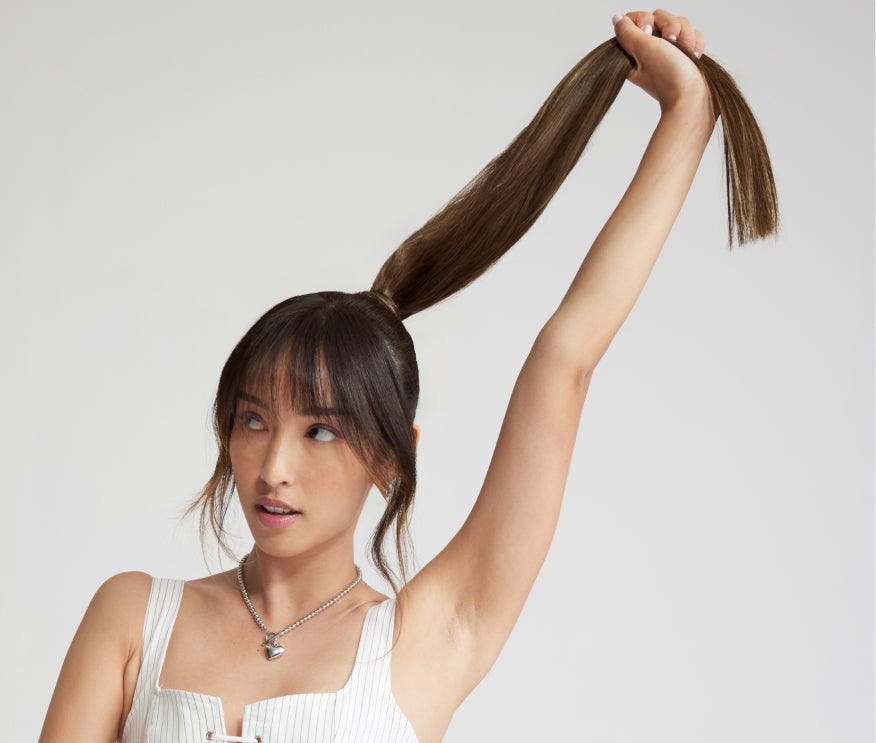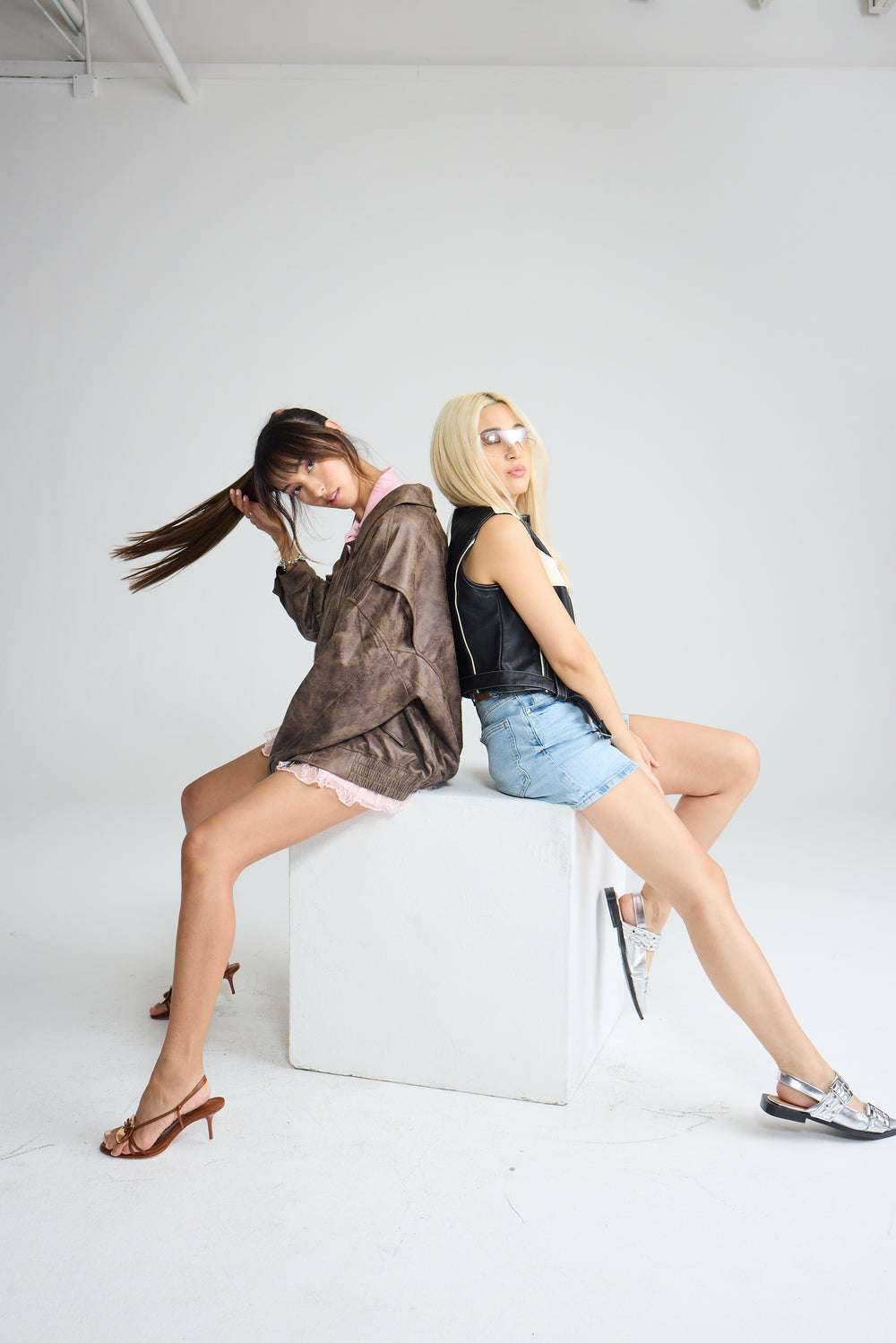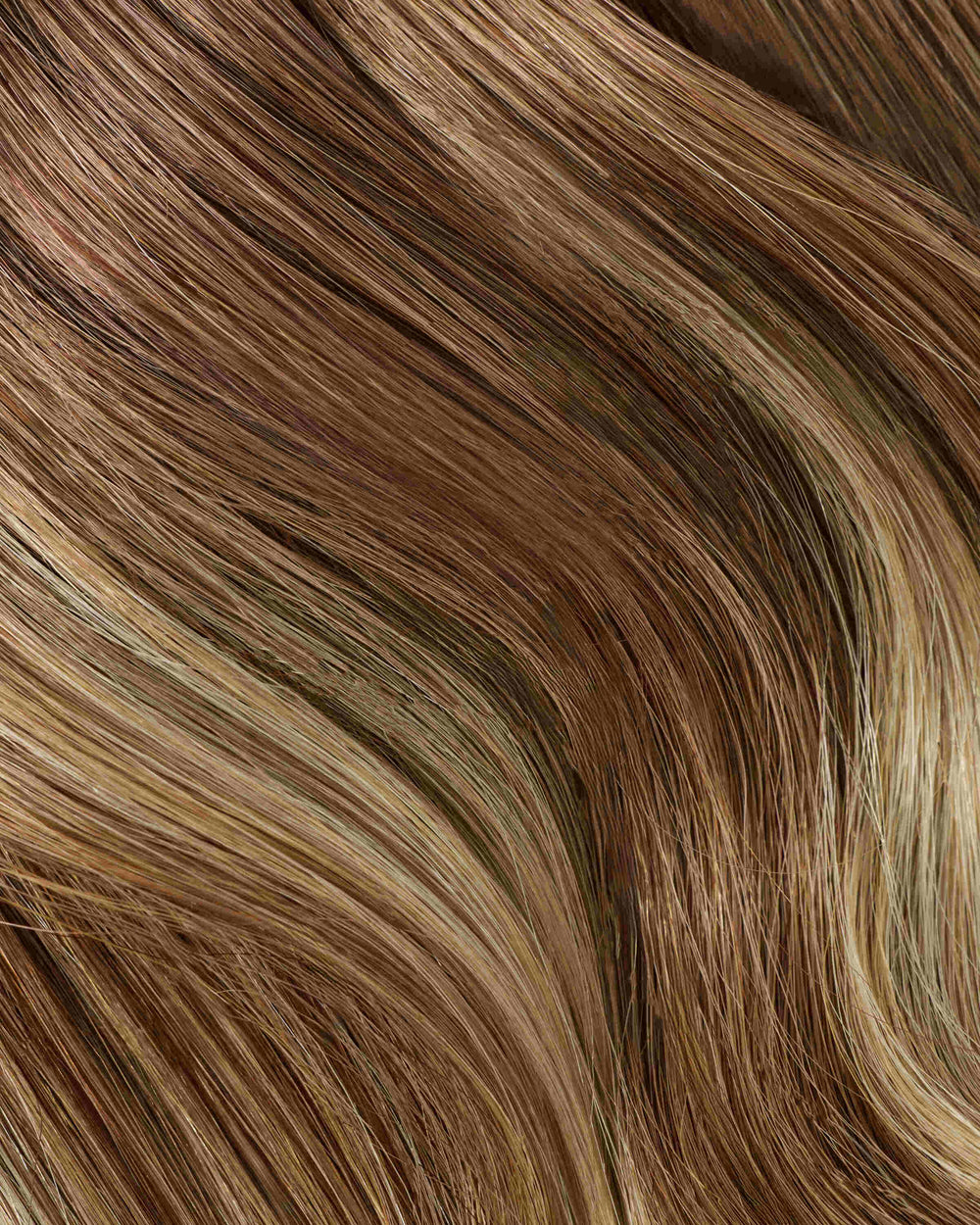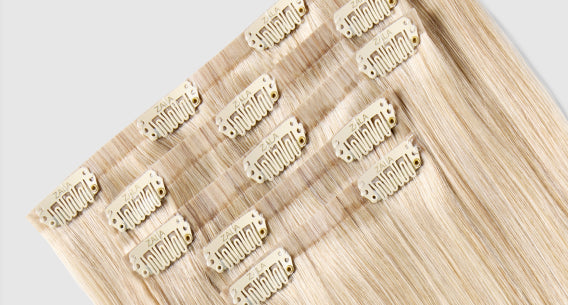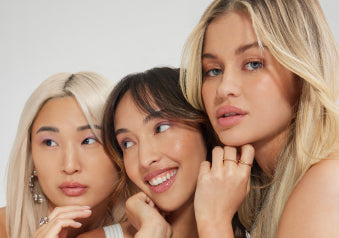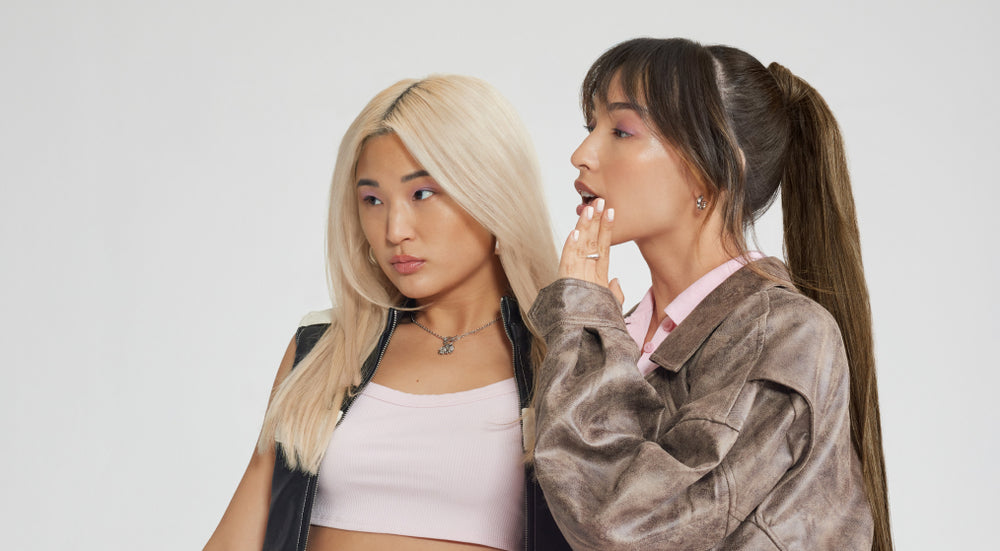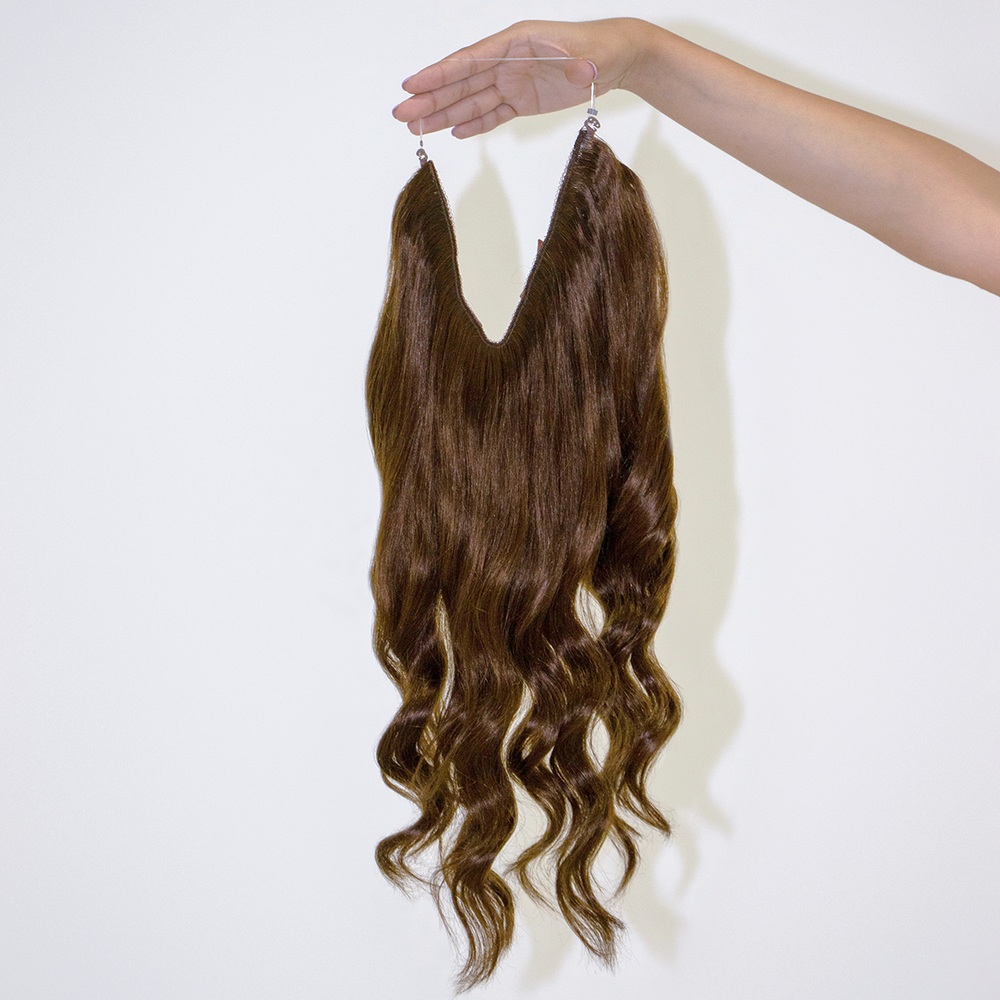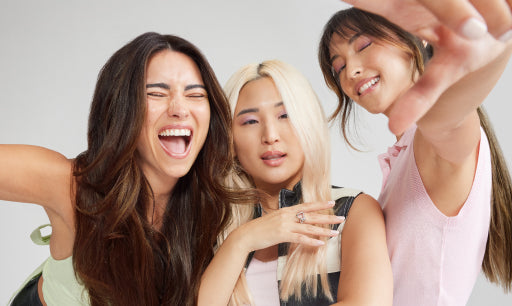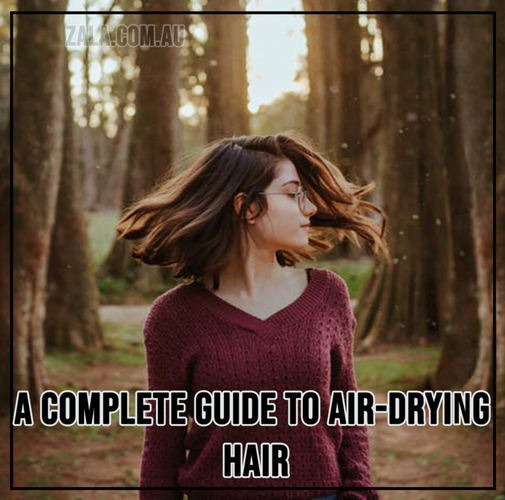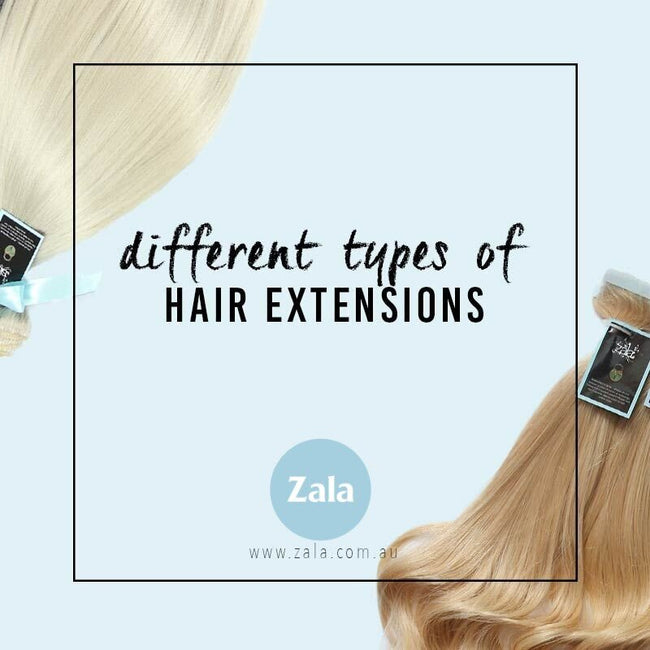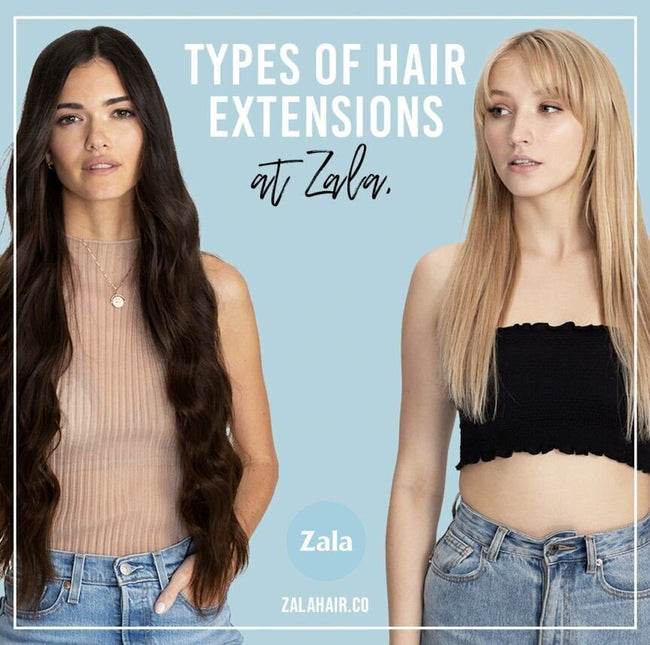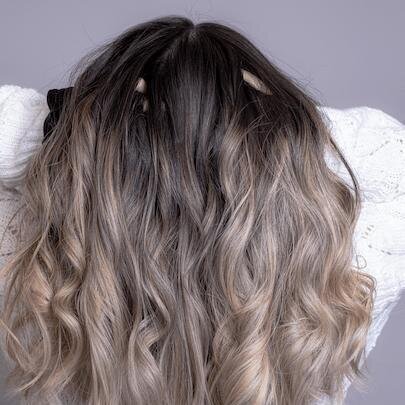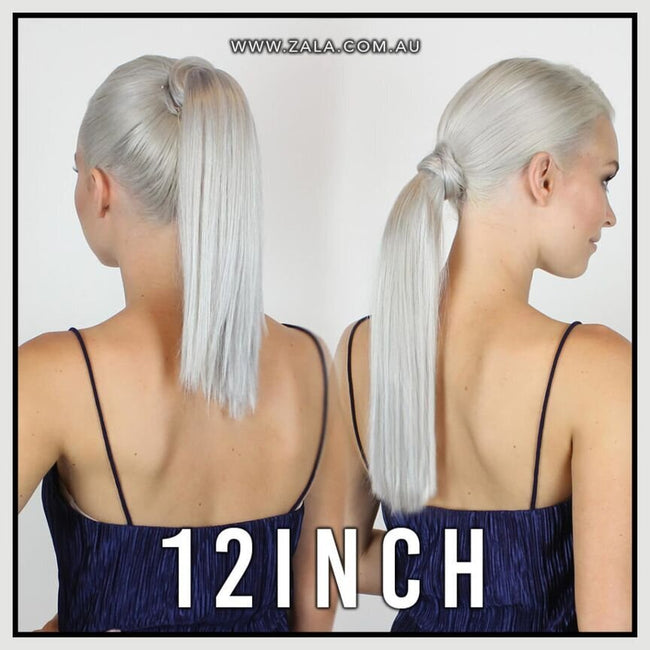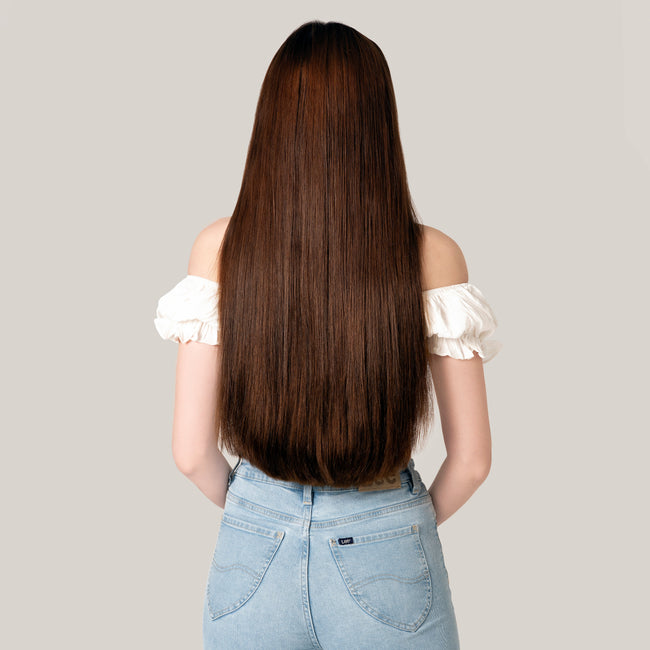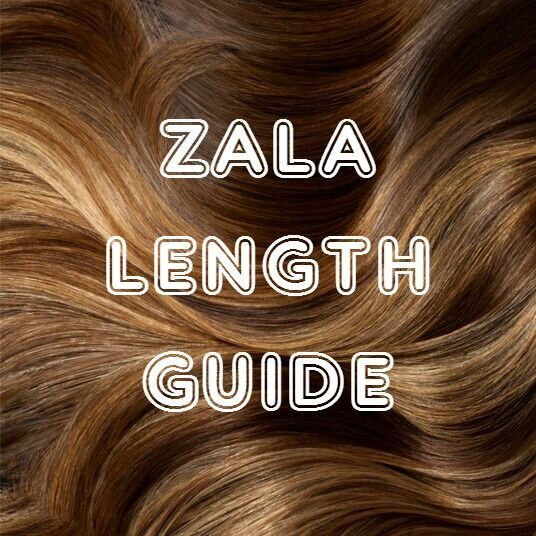Hair Weaves vs. Extensions: What's the Difference?
So, your hair is short, thin, or lacks volume, and you turned to Google for a fix. Perhaps you stumbled upon two popular methods to increase your hair's length, thickness, and volume: weaves and hair extensions.
But what is the difference between hair extensions and hair weaves? Let's have a look!

What Is a Hair Weave?
A weave is a product made of human hair or synthetic fibers that you can use to enhance or change the appearance of your hair. Weaves are sewn into the hair, unlike hair extensions that are clipped, taped, or bonded to your hair. Weaves come in the form of a hairpiece or single unit designed to cover your entire hair.
It’s a good idea to visit your hairdresser to install your weave. Before installing a weave, the hairdresser will braid your entire hair. After the braids are complete, the stylist will use a needle to sew the hair weave into the braids (from one ear to the other).
Like hair extensions, weaves add length, volume, and thickness to your hair. As such, they are popular among women with short or thin hair. Weaves are available in many different colors. That means you can wear a weave of your favorite color and look unique without treating your natural hair with colors that contain chemicals.
Search online for weaves, and you'll come across much different hair weaves categorized based on hair origin or source. The common types of weaves include Indian, Brazilian, and Eurasian weaves. Each of these weaves has a unique texture and feel. Also, they feature different textures, such as curly, straight, wavy, and more.
It’s always a good idea to use 100 percent human hair weaves because they look more natural and match your own hair's texture, feel, and look. But hair weaves are expensive. Depending on the type of weave, its quality, and brand, the average price of a weave ranges from $400 to $600. And the average life of a hair weave is just six to ten weeks.
What are Hair Extensions
Like weaves, hair extensions are created to make your hair look long, thick, and voluminous. But they are not the same as weaves. Unlike weaves, hair extensions don't come in the form of a single hair piece to cover your entire hair. Instead, they're created as separate wefts to which hair strands are attached.
The wefts are applied to your natural hair with small clips, adhesive tape, or tiny beads. The wefts' sizes also differ, depending on the head area where you want to apply them. For example, a 2.5cm weft is suitable for the temple area, whereas a 23cm weft can provide good coverage to the back of the head.
There're many different kinds of hair extensions out there, so make sure to do your research and choose the most suitable one for your hair. Extensions are categorized mainly based on the installation method and hair type.
The common types include clip-in hair extensions, tape-in hair extensions, microbeads, and fusion. Each hair extension is available in different lengths, thicknesses, volumes, and shades. Which extension type is best for you depends on your existing hair length, thickness, and desired hairstyles.
Extensions are made of either human hair or synthetic fibers. Be sure to choose 100 percent human hair extensions for excellent results. Human hair wefts blend seamlessly with your hair and look entirely natural. You can treat and style them just like your own hair.
Clip-ins are the most popular of all hair extensions because you can quickly snap them to your hair and remove them easily whenever you want. Unlike most other extensions, these temporary wefts are low-maintenance and inexpensive.
Tape-in extensions are also in demand because they're the least damaging. If your hair is on the delicate side, be sure to choose tape extensions because they're light and don't apply strain on your already weak hair. But you must visit a hairdresser or salon to install the tap-in wefts because, unlike clip-ins, they're challenging to apply and remove by yourself.
For most people seeking longer, fuller hair, extensions are the most practical and economical choice. No matter which type you choose, you’re sure to experience a hair upgrade that expands your style options and gives you a confidence boost.
Share This Post:
